I was in Antwerp, but somehow it was only in Brugge that I had the urge to scale a Belfort (also known as a Belfry). 366 steps, narrow and steep passages, significant physical effort and a pair of sensible shoes later, I am now convinced that scaling Belfries are worth it. Here's why.
Belfries of Belgium and FranceTwenty-three belfries in the north of France and the belfry of Gembloux in Belgium were inscribed as a group, an extension to the 32 Belgian belfries inscribed in 1999 as Belfries of Flanders and Wallonia. Built between the 11th and 17th centuries, they showcase the Roman, Gothic, Renaissance and Baroque styles of architecture. They are highly significant tokens of the winning of civil liberties. While Italian, German and English towns mainly opted to build town halls, in part of north-western Europe, greater emphasis was placed on building belfries. Compared with the keep (symbol of the seigneurs) and the bell-tower (symbol of the Church), the belfry, the third tower in the urban landscape, symbolizes the power of the aldermen. Over the centuries, they came to represent the influence and wealth of the towns. Credit
The Brugge Belfort is open from 0930 to 1700 on most days, and admission costs 8 euros or under.
Belfry and hallThe Bruges belfry is part of an impressive thirteenth-century halls building. In the Middle Ages, the hall was used for storing and displaying the much-coveted Flemish cloth, as well as other goods. Today the former sales hall is used for organising events, exhibitions and trade fairs. In its present forms, the 83-metre high belfry is made up of three building layers. The bottom two square sections in brick were built during the thirteenth century. The top, octagonal lantern tower in Brabant limestone was built between 1482 and 1486.Belfries, world heritageBelfries are typically found in Flanders, Northern France and in parts of Wallonia, in the south of Belgium. UNESCO recognised the exceptional universal value of the belfries in 1999 by including 32 Flemish and Walloon belfries on its world heritage list. In 2005, the belfry of Gembloux in Wallonia and 23 belfries in Northern France were also added. With this recognition, UNESCO wishes to mainly draw attention to the symbolic significance of the belfries as testimonials of the prosperous and autonomous late-medieval cities in this region.
For security reasons, we can accept a maximum of 70 persons at the same time in the tower... The ascent of the tower with its 366 steps and narrow and steep passages requires a significant physical effort. Please wear the right shoes.
Checkpoint - Treasury
Wrought iron doorsBehind these two wrought iron doors stood the sturdy padlocked chests, in which the city charters and other important documents were stored. This masterpiece is made by Erembald de Smid around 1290 and there are ten locks on the doors. Eight of the keys were in the hands of the deacons of the guilds and trades. The remaining two were kept by the head of 'Sint-Janszestendeel', in a district in the city, and the mayor. None of these dignitaries could consult or replace the privileges without the collaboration of the nine others. As a result, the doors were only rarely opened and such an occasion always involved a certain measure of pomp and circumstance.

Checkpoint - Great Bell
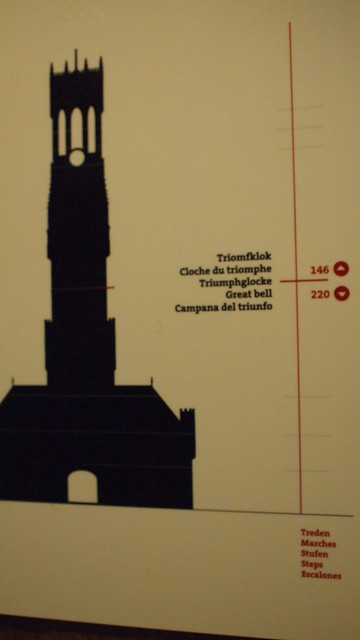
The Great BellThe belfry had ten different great bells between 1280 and 1745. The last great bell cracked in 1745 while in use. Bruges acquired a new great bell in 1800 when the largest bell of the Church of Our Lady was transferred to the belfry. The 'Bell Maria' had been cast in 1680 by the Antwerp bell founder, Melchlor de Haze. The bell weighs approximately 6 tons, has a diameter of 2.06 metres and is 2.13 metres tall.
In 1809 a new bell was built for the great bell, meaning it could be used again. The inscription on the bell reads: De Croeser Maire Fit Construire ce Beffroi. 1809' (Mayor De Croeser built this belfry). De Croeser was the mayor of Bruges at the time.Today the great bell is rung mechanically but in the past this was done manually. The great bell still tolls every year to mark important events or as the Holy Blood procession weaves its way through the city, a sound of historical significance on Bruges' fairest day.
Checkpoint - Drum Room
Drum Room
The drum was cast in brass in one piece by Antoon De Hondt (Antwerp, 1748) and is 2.5 metres long, with a diameter of 2.06 metres. It is the largest brass drum in existence: it is thought to weigh nine tons and has 250 rows of 122 square openings, amounting to a total of 30,500 openings for the pins. These operate the 122 clappers on the outside of the 37 heaviest bells. The drum plays a melody on every quarter of the hour; every half quarter is indicated with a short musical signal. The music is changed every two years. The clock in the belfry was made in 1748 by Jan and Antoon de Hondt from Antwerp and is operated by a 3-metre long pendulum, weighing 78 kg.Music on the Automated DrumFrom Easter 2014 until Easter 2016
Checkpoint - Panorarma
Carillon bellsToday the carillon consists of 47 bells: 26 bells were cast by Georgius Dumery between 1742 and 1748 and 21 bells were cast by Koninklijke Eijsbouts in 2010. The bourdon weighs 5 tons. Together the carillon bells weigh in at 27 tons.

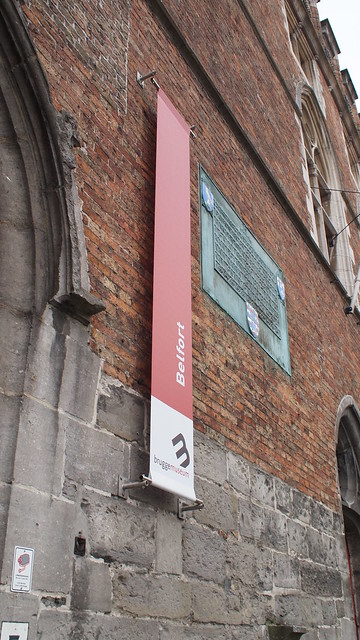
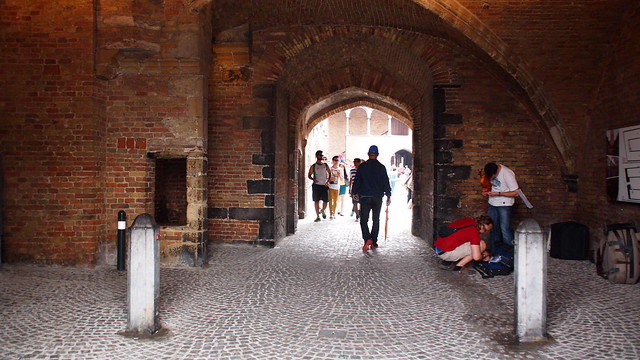
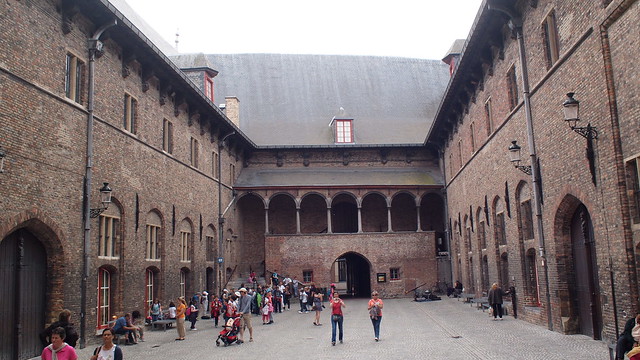
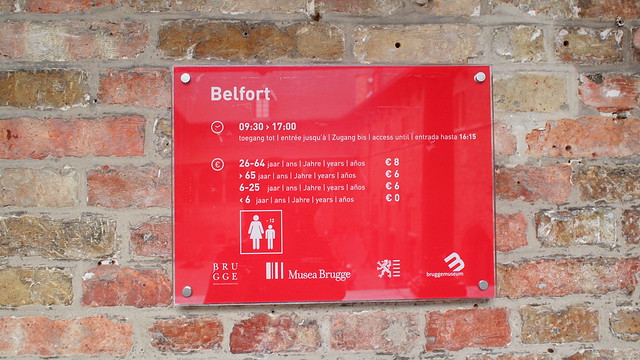
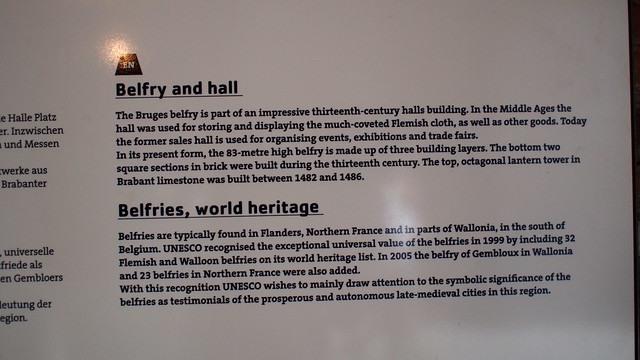
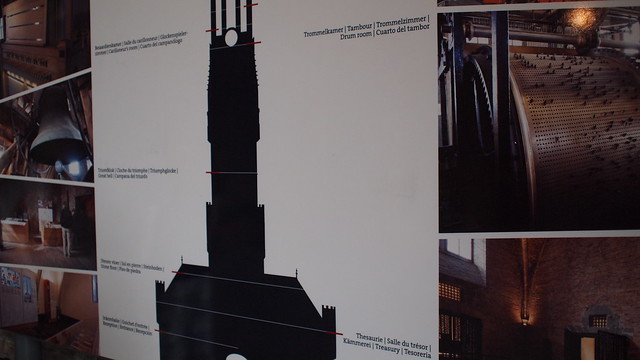
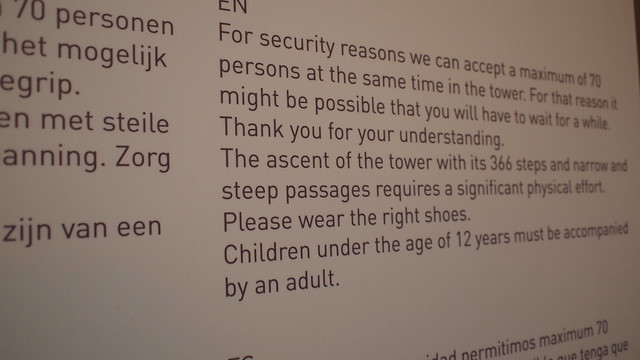
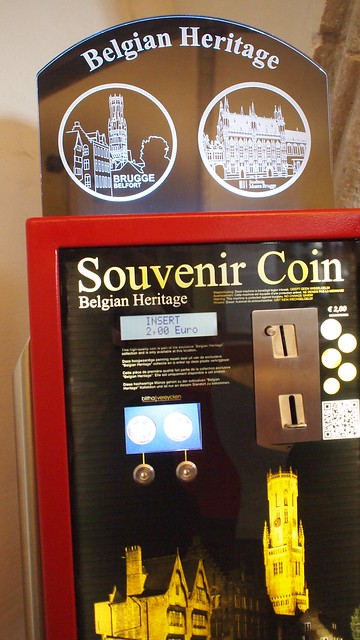
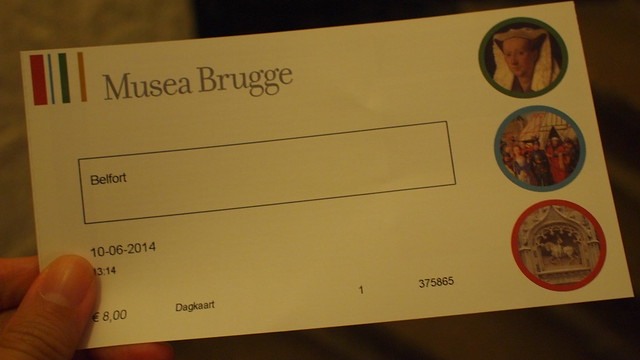
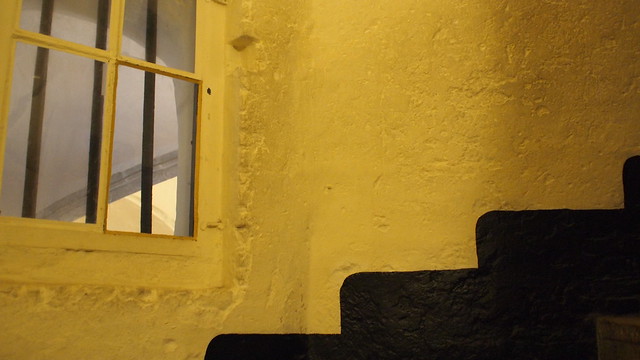

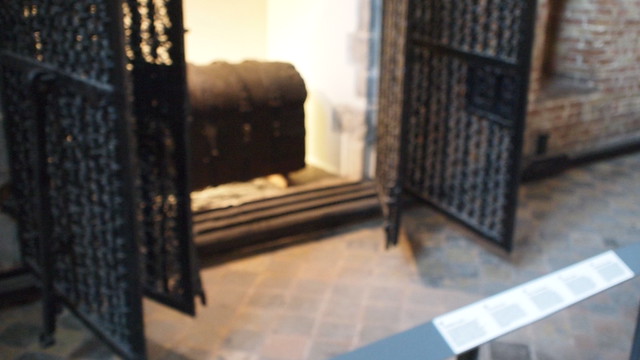
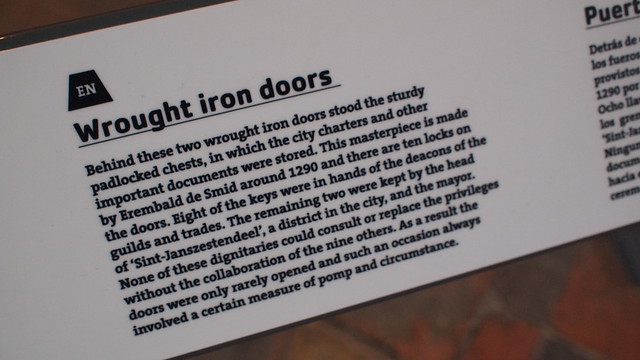
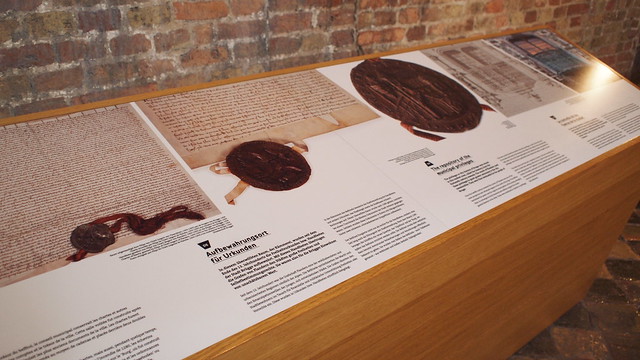
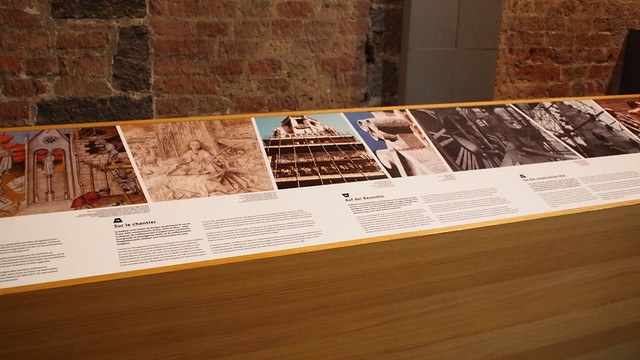

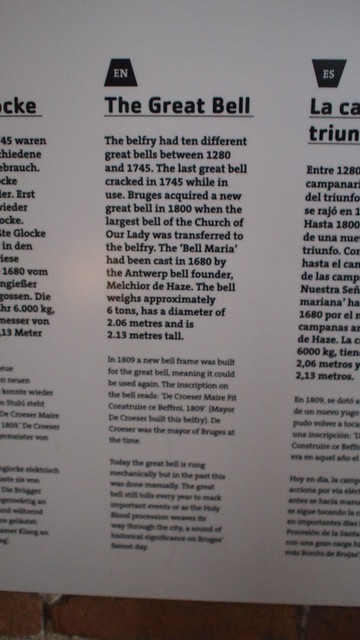
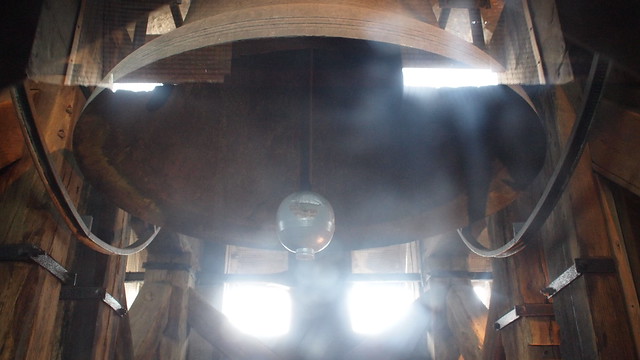
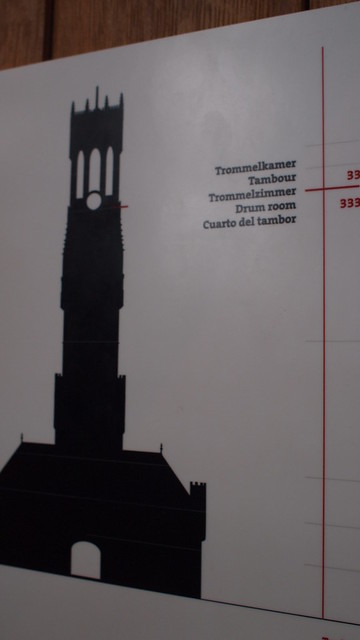
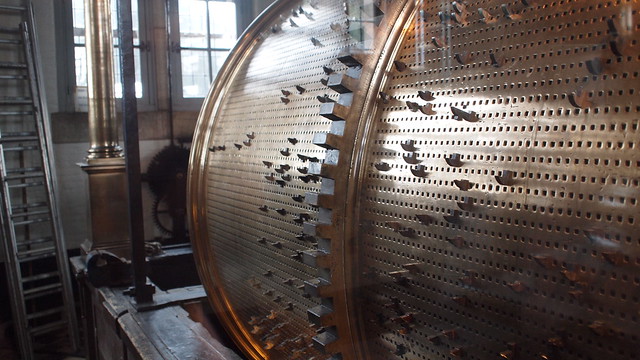
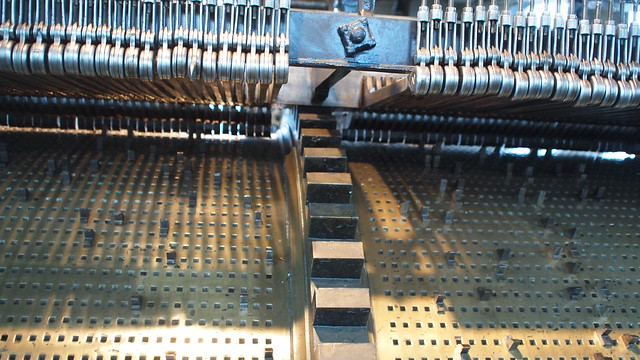

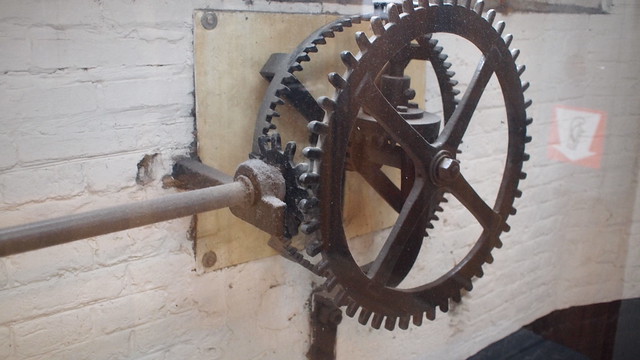

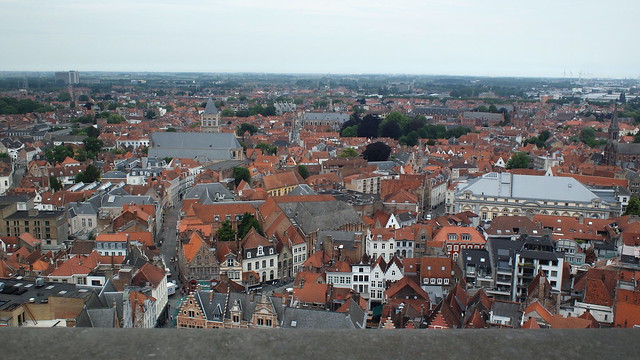
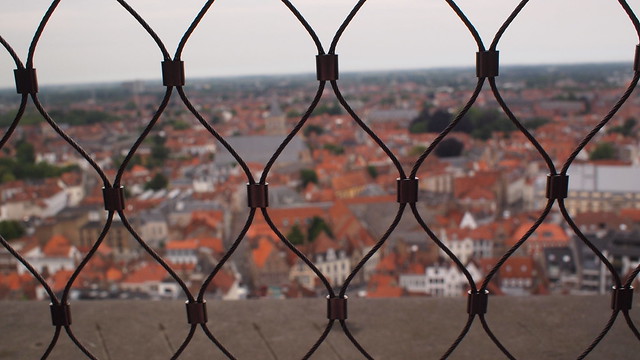
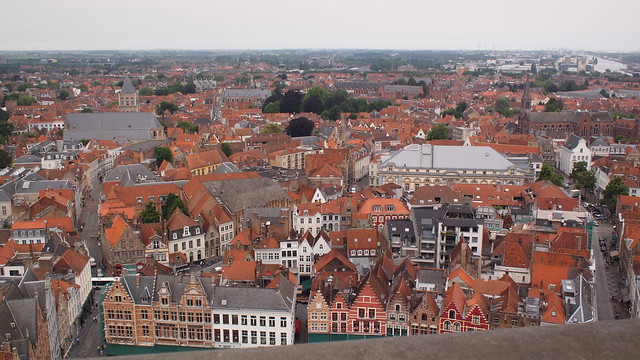

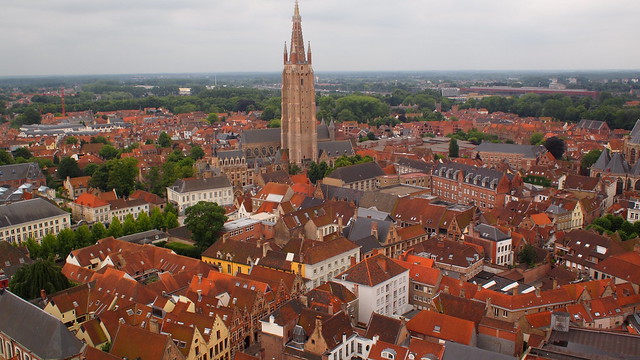
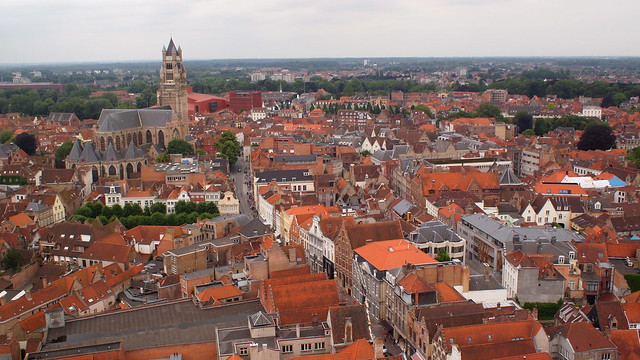

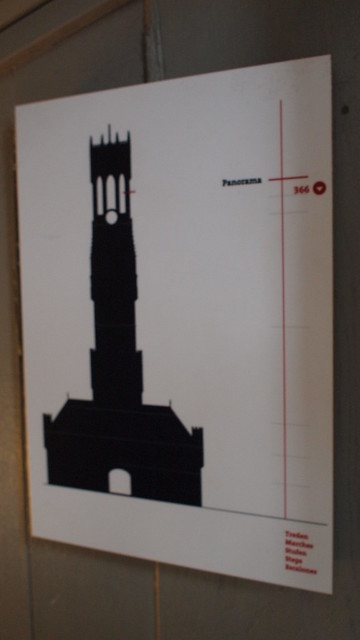
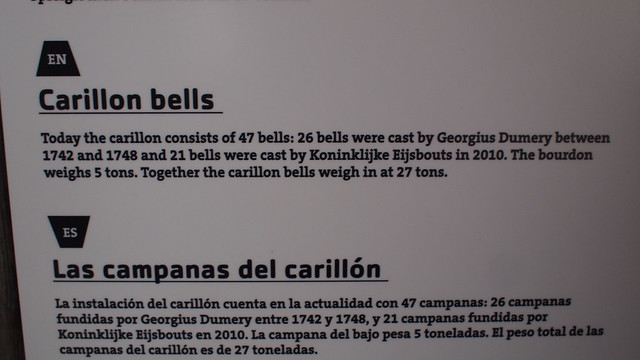
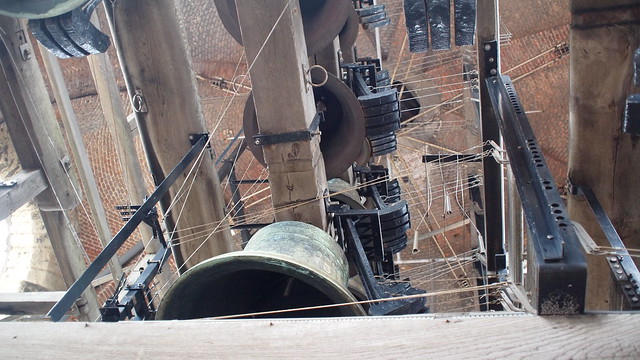
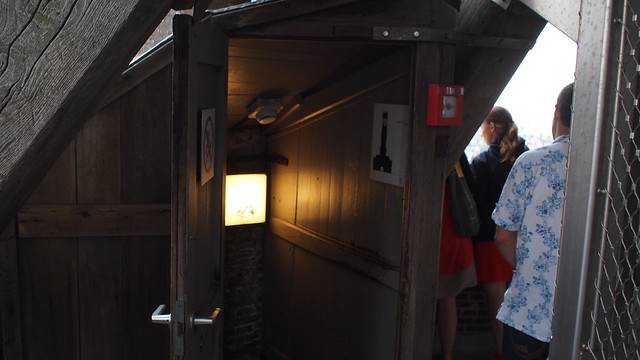
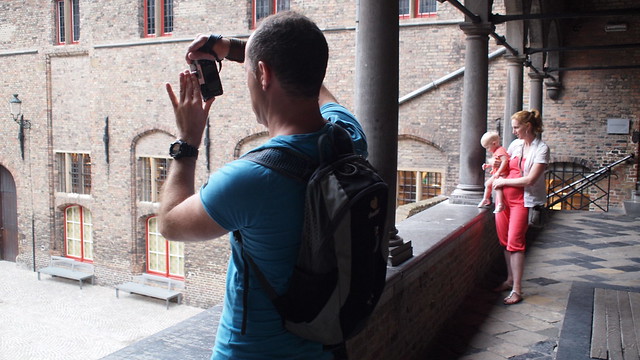
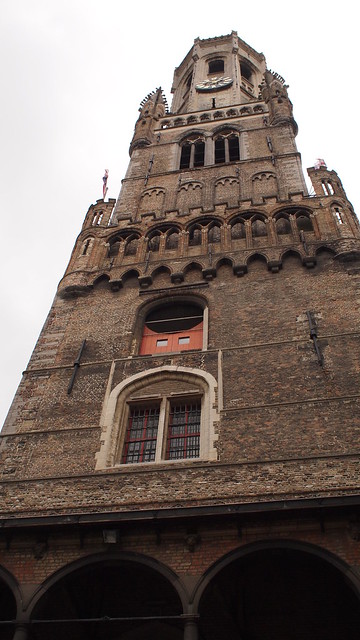
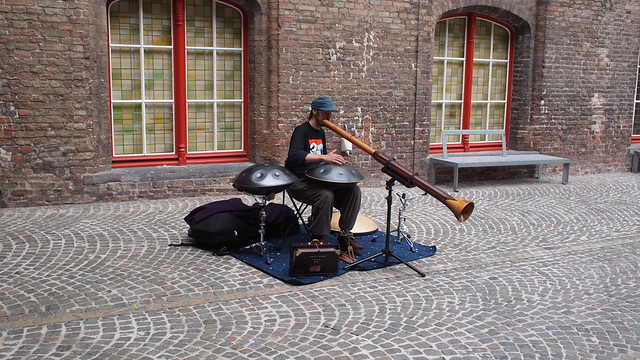


No comments:
Post a Comment